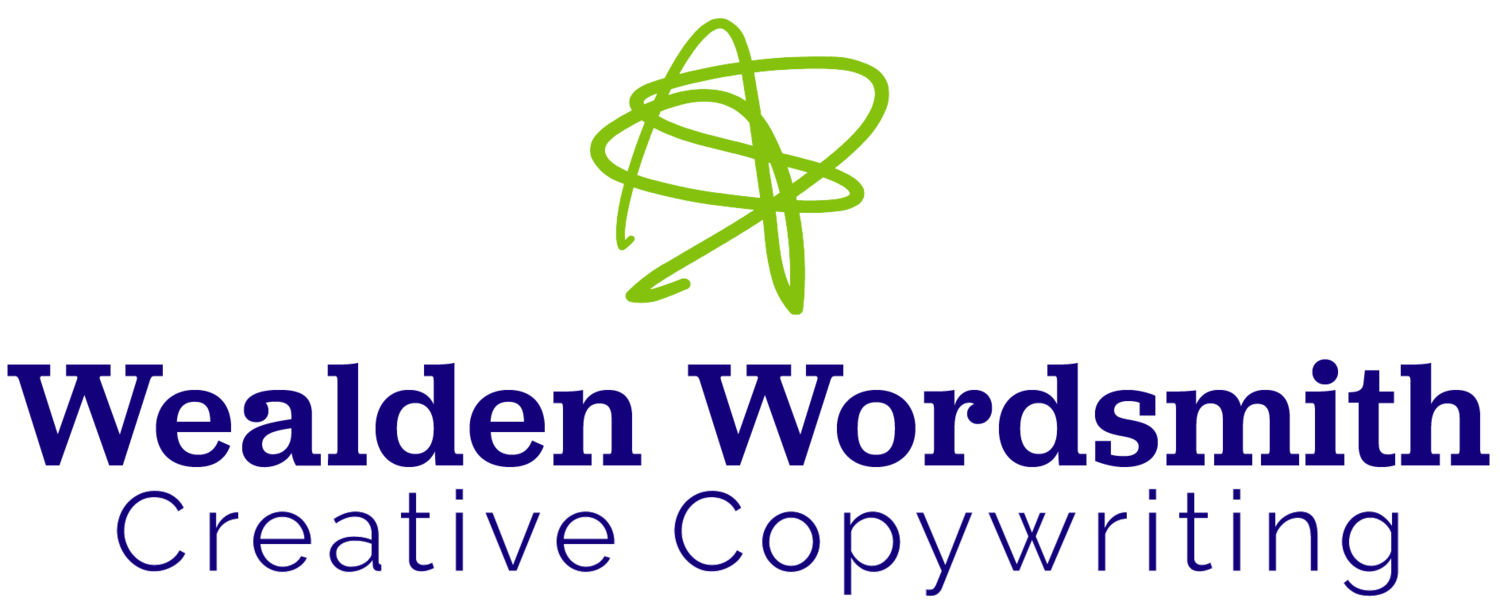Why Writing Like You Talk Is No Bad Thing
People in writing circles still seem to get uptight about the insight that ‘you should write like you speak’. You do wonder why it generates so much controversy.
Perhaps it’s based on a misunderstanding of what’s being proposed here.
Contrary to what some might suppose, it never meant literally reproducing the digressions, slang, verbal stumbles and filler words (the ‘ums’, ‘ahs’, ‘likes’ and ‘y’knows’) that characterise everyday conversation.
Nor was it intended to reproduce the rambling, incoherent or didactic styles that characterise some people’s speech patterns.
Cut the palaver
What it does mean (or should mean) is writing more like you speak. Because people often stiffen up when writing for an audience. Fancy words make an appearance. Jargon creeps in. Sentences get longer.
The tone becomes stiff or overly formal. The language becomes flowery or even pompous as people try to impress (or hoodwink) their audience. Fluency suffers.
But using the natural rhythms of speech, making content engaging and fun to read, is a powerful way of connecting with people.
Drawing parallels…
This is because despite there being fundamental differences between speaking and writing (they are different skills learnt and used in different ways) there are also surprising similarities. Let’s take a closer look.
In both cases, you have to understand your audience’s needs and wants if you are going to convey your ideas effectively.
In each instance, you’re trying to use language to get a point across. This means arranging your words and phrases in such a way that you create well-formed sentences that help you express your thoughts clearly. By definition, writing usually demands more planning and formality than casual conversation. And your sentence structure (known as ‘syntax’) can make the difference between a piece that is a pleasure to read and will retain the reader’s attention, and writing that jars, feels difficult or obscures meaning.
Similarly, storytelling is often used as a way of engaging our listener’s attention. Everyone loves a good yarn. And stories provide an emotionally charged framework for sharing our ideas and adventures. The same thinking applies to writing. The structure of a typical story – a beginning, middle and end – provides a handy framework for creating powerful narratives.
Finally, how you say something in a conversation dictates how the listener receives the message. Depending on your choice of words and how you present them, you might, for example, come across as enthusiastic, friendly or authoritative. Or you might come across as a bit of a bore, a bully or worse! Translating this into the written context, your tone of voice will define your character or the character of your business. And should reflect your values. Used effectively, it’s a good way of conveying authenticity and building trust with customers.
Language is the clothing of ideas
Whatever the context, you still need to express your ideas effectively. This means offering a clear theme, structuring your writing carefully and developing a coherent argument. The writing needs to flow if it’s going to retain the reader’s attention.
And you absolutely must write for your audience. Just as you wouldn’t talk to friends down the pub the same way as you’d talk to a client, you have to frame your language to suit the context. Where some environments do indeed require more formality than others (academic, technical, business etc).
But using plainer, more direct language to get your point across and putting more personality into your writing aren’t, by and large, going to do you any harm. On the contrary.
I hope that’s cleared things up…
Photo by Juri Gianfrancesco on Unsplash

